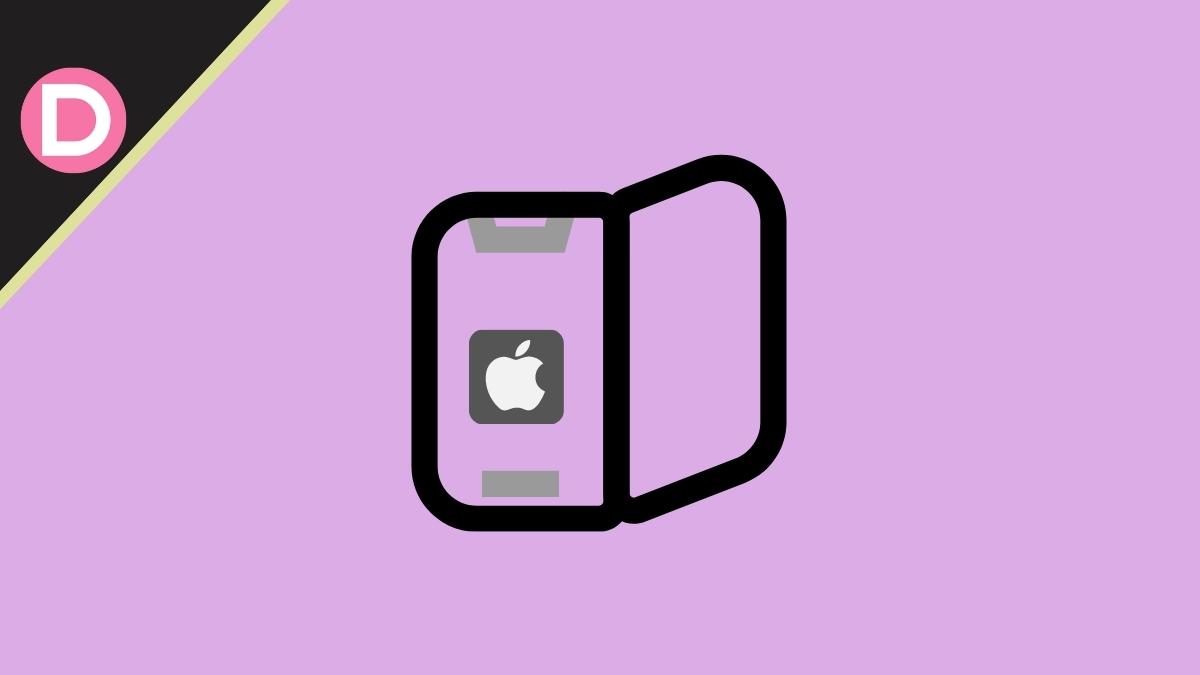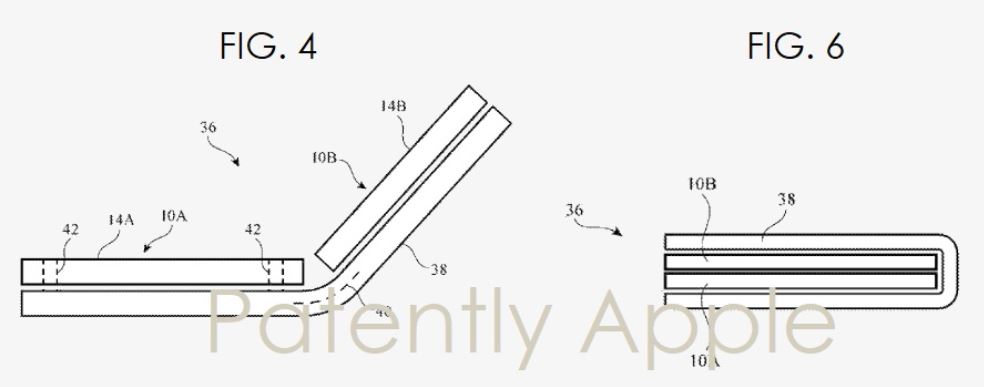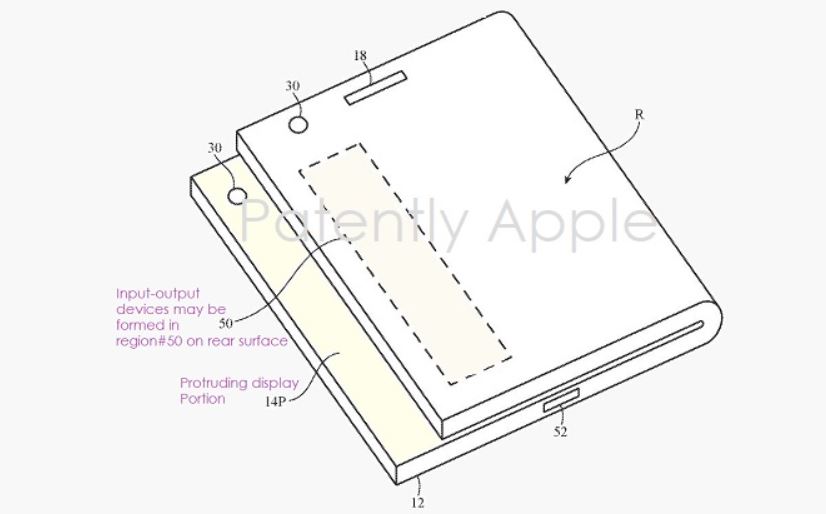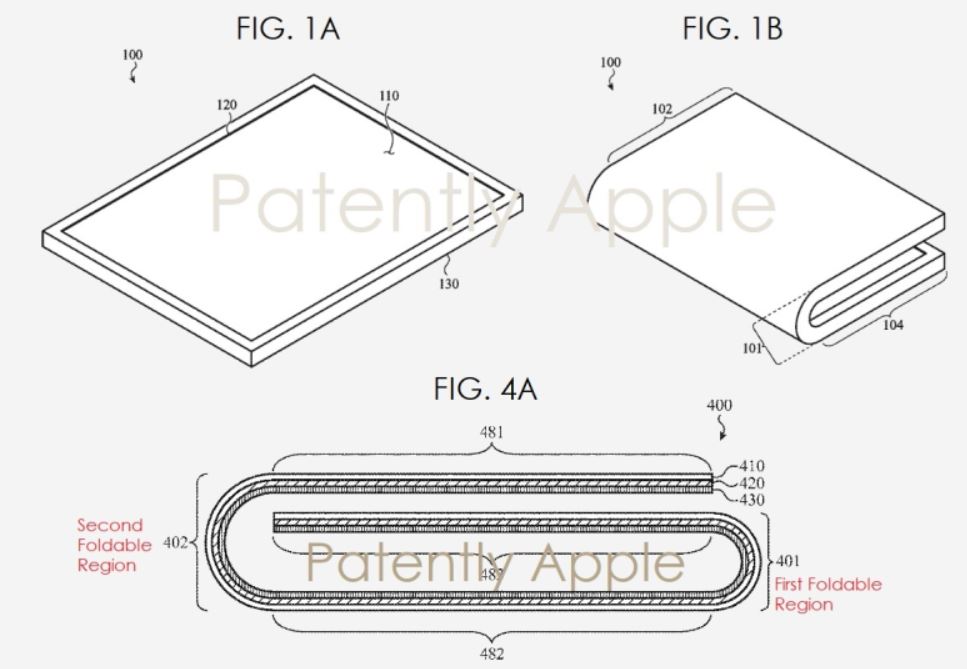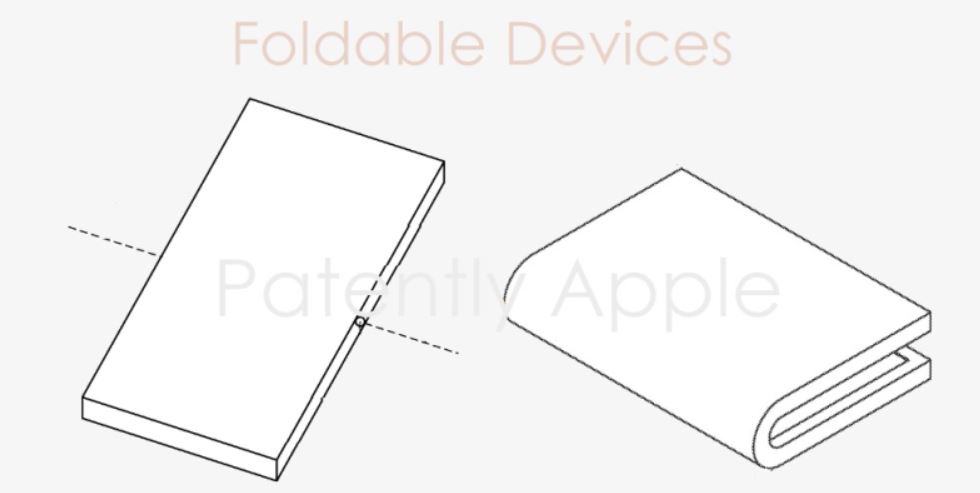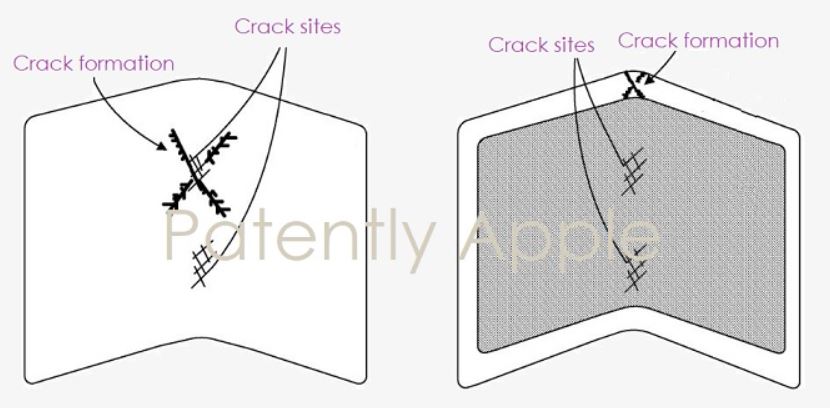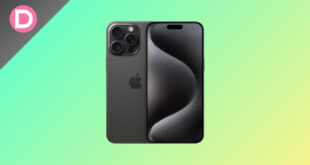While Apple has not launched a single foldable device, Samsung unveiled the first Galaxy Fold in 2019. Though the phone had a rough patch at the beginning, with the initial batches facing issues with quality control and screens not working, those phones were recalled. The phones that replaced them worked perfectly fine, and thus began the saga of foldable phones from Samsung, with yearly improvements to hardware to make the ‘crease’ a little less apparent, slow drops in price, improved software to enable better multitasking on those expanded & large screens, official water and dust resistance ratings on foldable phones, etc. It’s pretty remarkable what they’ve accomplished with the Fold and Flip lineup.
The foldable phone market isn’t exactly competitive.
Fast forward to 2022; however, Samsung has no real global competition for foldable phones, and that has caused them to turn quite lazy. The 2022 Galaxy Z Fold 4 and Flip 4 models were just iterative upgrades, with a battery capacity bump, an improved outer screen with a better chip on the Flip, and a slightly smaller inner screen but a better outer screen with a new chip and new cameras on the Fold.
Sure, there’s competition from Oppo with their Find N, but that’s meant to target people who aren’t looking for screens as large as the Fold, and there’s the Vivo X Fold lineup, which unfortunately isn’t globally sold. Xiaomi’s Mix Fold 2 competes very well and even beats the Fold 4 in many aspects, but the bottleneck to all the competing foldable phones is that they aren’t launched globally. This leaves Samsung with virtually no competition, so they don’t worry.
Apple was initially expected to enter the playing field much earlier, about 2021 or 2022. In 2021, we saw a significant push for foldable phones, with people buying them in millions of units. Apple only introduces features after it thinks the general crowd is ready for them and when it thinks the general non-enthusiast populace needs these features. This is quite a boring approach. Apple sometimes introduces features a long time after the competition does, and they do it better, like Focus Modes, Homescreen Widgets, and lockscreen Customisation. Other times, they take a long time to implement a feature and do it worse than the competition, as we saw with Always On Display and Night Mode photography.
LG introduced ultra-angle cameras on smartphones a long time before Apple’s 2019 iPhone 11 did, but 2019 is when Apple thought that they’d give the masses that feature; hence, we saw it quite late. The same goes for features like night mode. Now, let’s move the narrative over to foldable phones. Samsung is already on its 4th generation of them, foldable phones are selling well, and there’s a demand, with Samsung expecting annual compound growth rates of up to 80%.
Will Apple make a foldable phone first or a tablet?
It can be assumed that someone buying a foldable phone will likely upgrade to another one. Samsung also says that their home country has seen a massive increase in demand for foldable phones, with many people adopting that form factor. Yet, Apple has not made one, probably because they want to do things differently than usual. And according to the Elec report, Apple does not want to make a foldable phone. They’re mostly going a different route and will probably make a foldable tablet (iPad) instead.
Apple may not enter the foldable device market with iPhone Flip or Fold
Foldable phone strategies were discussed in a meeting Samsung recently held a meeting with Mobile Experience (MX). Employees at Samsung MX expect Apple to release their first foldable device in 2024. They don’t expect it to be a foldable iPhone, however. They expect it to be a tablet or a laptop. This report matches the report from CCS Insight, which claims Apple will launch a foldable iPad first in 2024 and a foldable iPhone in 2025. Further, Apple’s in-house 5G Modems might also be used in 2024. For now, Apple relies on Qualcomm to supply modems.
The angle Apple appears to be taking with foldable devices is interesting since Android manufacturers have been making foldable phones for a long time. We have seen concepts of triple folding phones; we have real inward and outward folding phones, both large and small ones. Apple needs an approach to establish its foldable ‘identity’ in the market, and it needs something to market it well and convince average users that they need a foldable. To do that, they have to do something different, which is probably what we are hearing from these reports that say they will bring foldable technology to iPads first before bringing it to iPhones, finally making it mainstream, depending on how well it is received on the iPad.
The approach they are supposedly taking is very in line with what they usually do. Directly bringing a foldable iPhone to the market will be a risky business strategy since if Apple runs into technical difficulties, criticism will slam the devices into an utterly negative opinion zone, creating poor impressions, and this will ruin the image of the company as a brand that only launches tech to the public when it is ready and refined enough. Apple has played it safe in recent years, letting most other companies do the marketing, take risks and all the heavy lifting, and add the features only when they want to. Apple also has to manage to launch a folding iPhone without cannibalizing the sales of their slab iPhones, so this one is expected to be priced quite up there by most analysts, at around or over 2000 USD.
Entering the world of foldable devices with iPads makes a lot of sense. They’re the most popular tablets worldwide, but they only make up a tiny percentage of revenue and annual sales compared to the iPhone. Since this product has a relatively lower market share, it’s alright to initially take a risk with this market. If the company faces difficulties, it can keep the iPhone lineup clean.
What makes a little less sense is Apple entering the world of foldable devices with a laptop. Foldable laptops, as of now, appeal to a very niche category of users, and they are not particularly any easier to make when compared to a foldable tablet or phone. It is much riskier to do so than just making a phone. To begin with, it makes much more sense to start with an iPad than a Mac. Add to that, MacBooks don’t even have touch-screen displays.
Apple Foldable Phone Release Speculation
- Apple’s upcoming foldable phone, iPhone Flip or Fold, is expected to be released in 2025.
When Apple finally launches a foldable device, a popular point of debate is whether it will be an open-book style foldable or will it will be a flip-style device. Apple might be working on both models, only one, or neither, since all of it is speculation. There have been speculations about the iPhone Flip for a very long time, but Ming-Chi Kuo expects a launch by 2025, which is in line with what we have seen.
I expected Apple to launch a foldable iPhone as soon as 2024 in my reports last year, but now it's clear this prediction needs to be revised. I predict Apple may launch its first foldable product in 2025 at the earliest, which may be a foldable iPad or a hybrid of iPad & iPhone. https://t.co/HGIDPFvdar
— 郭明錤 (Ming-Chi Kuo) (@mingchikuo) April 1, 2022
There have been reports of Apple testing 7.5″ to 8″ displays on their phones, while other reports (that emerged after Apple filed some E-Ink Patents) claim that they might use E-ink displays for the outer screens. This drastically reduces power consumption.
According to analyst Ming-Chi Kuo, Apple will release the Foldable iPad first with a Carbon Fiber Kickstand in 2024.
Possible iPhone Fold/Flip & Foldable Tablet Patent
You need to look no further than Apple’s massive list of patents to support the theory that Apple is working on a foldable device. There seem to be quite a few of them. Apple filed a patent in 2020 that described a cooperative operating mode. In this, a single-screen device can be supplemented by a secondary one.
Another patent discovered by Patently Apple explores the idea that the device will have a flexible display that folds but leaves a small part of the bottom exposed, similar to the dock of the iPad.
Apple has other crazy patents, like triple-folding and vertically folding phones (similar to the Flip).
What’s interesting about these recent patents Apple won is that they don’t specifically mention a phone, so they could be for a tablet, too. These patents briefly explore durable, foldable displays and screens with textured flexible areas.
We can expect that Apple will use panels from either LG or Samsung or even both for their foldable phones. Samsung even sent samples of the display to Apple for analysis. If Apple plans a dual-screen phone similar to the Duo 2, the new squared-off design with flat edges will fit right in with that form factor. There’s a chance Apple might use Sapphire crystal glass for a much better ceramic shield on foldable devices, and there have been speculations of them using self-healing technology to heal scratches or dents. U.S. Patent and Trademark Office officially granted Apple a new patent for a foldable device with a self-healing display. It allows the device to repair dents or scratches covering the screen. Several other patents Apple has filed are related to improving the reliability, durability, and cost of devices with a single folding screen.
To enhance the durability of flip-style foldable phones, Apple has also filed patents describing how to improve the crack resistance.
There are many more patents, but the latest relevant and interesting patent discussed here theoretically allows the display to bend in the middle without creating excessive panel stress. The screen would produce a gradual curve and not a hard crease, and this would reduce pressure. Oppo already does something similar with their Find N.
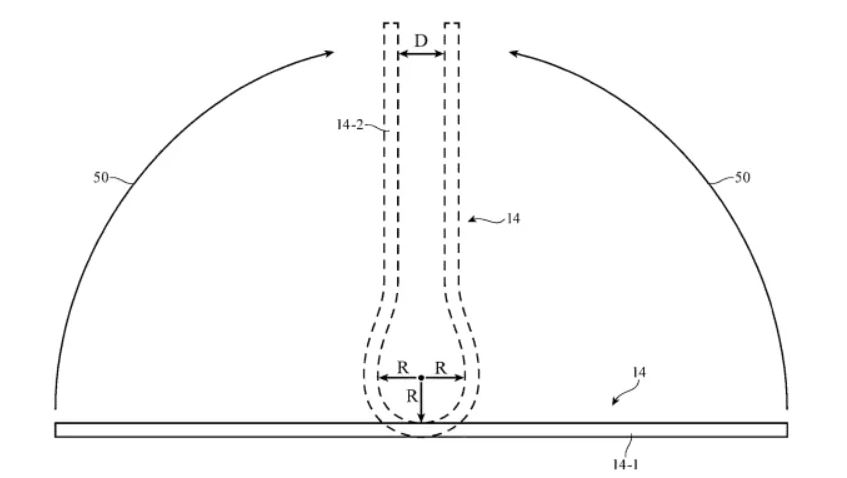
It’s not just Apple looking to get into the game of foldable phones, though. Google is reportedly working on a Pixel Fold, too, which might even be out in early 2023, which is quite earlier than Apple. Since Google has a much broader reach to the ordinary public when compared to Vivo, Xiaomi, or Oppo, Google might be the company to take on Samsung and compete with them in the foldable market.
A foldable device from Apple: Bringing it all together
To conclude, we don’t know anything about what Apple might do, and most content mentioned here is a shot in the air and calculated guessing with some deductive reasoning. The foldable might be a tablet first and not a phone. The phone might be a flip-style phone, a notebook-style phone, and a phone similar to the Duo. There are a bunch of reliable patents, though, and it’s good news that Apple is working on this tech behind closed doors.
Samsung was the first to make foldable phone technology accessible to the public, and other Chinese companies are quickly catching on and making their phones better each year. Add to that, Samsung is already on its 4th generation of foldable, and if Apple makes their first foldable phone in 2025, Samsung will be on its 7th generation. Whatever strategy Apple adopts might direct the market trajectory, or it might be an abject failure because they entered a highly competitive market too late, a market where other players are so strong and so significantly ahead because they were in the game for much longer (similar to Windows Phone).
Most other manufacturers copy what Apple does, so Apple is a trendsetter. They removed the headphone jack; other companies removed the headphone jack. A similar thing happened when they removed chargers. They recently dropped SIM Card slots in the USA and introduced the dynamic island feature, from which others have already begun to take inspiration.
Since Apple has set so many trends (some good and most bad), launching a foldable phone will be good for the competition, and that’s good for us since, ultimately, competition is what gives companies an incentive to innovate.
Note: This article will periodically be updated to cover the latest advancements in the news about Apple’s foldable device.
